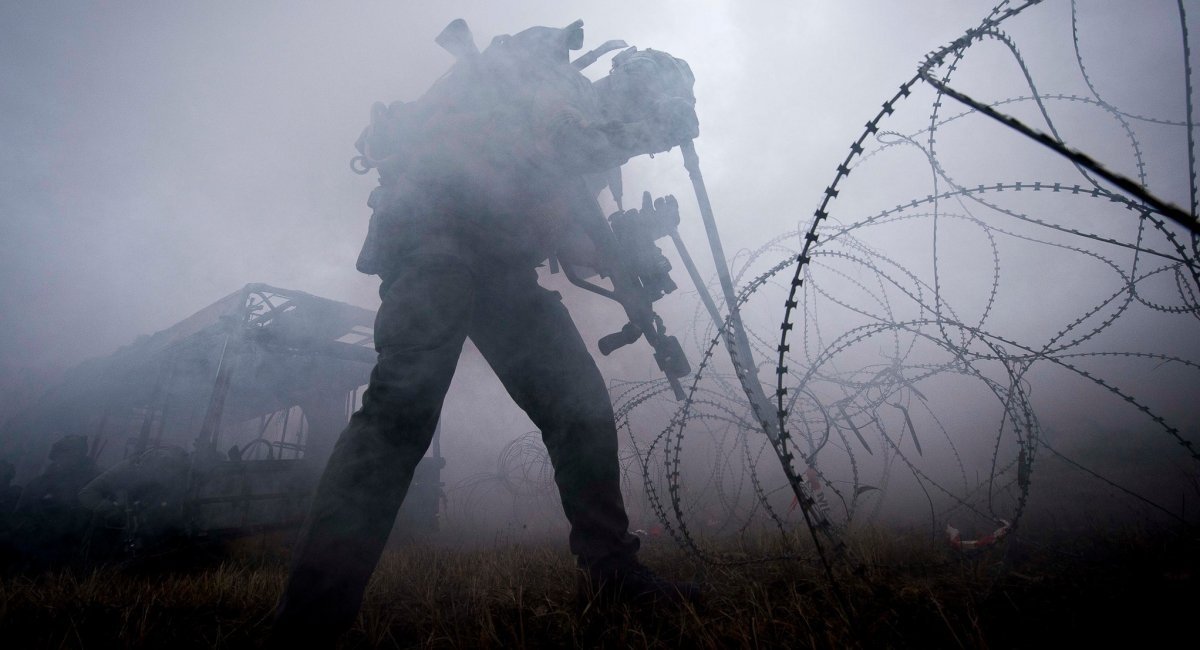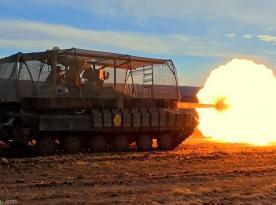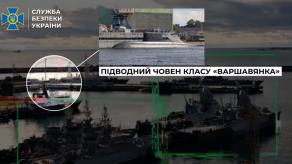Earlier today, we covered the German DGAP institute's analytical study, which offers a detailed description of the current security situation and an explanation of why Europe is strategically losing if russia goes undefeated after military operations in Ukraine have stopped.
However, Defense Express has identified a strategic conceptual flaw in the DGAP study. The flaw does not lie in the suggestion that the European defense needs to take a "quantum leap" of new approaches to counter the russian threat.
Read more: Europe is Strategically Losing if War in Ukraine Gets Frozen, German Analysts Explain
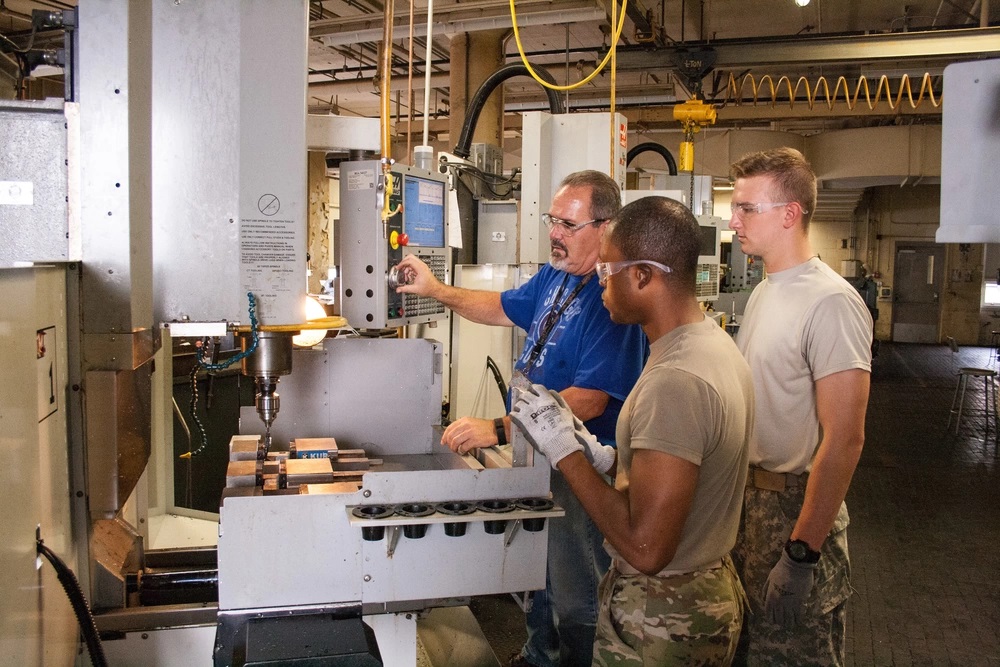
Indeed, a scenario when Germany introduces "mandatory internship" for all citizens in areas relevant to defense sounds like too much a European country can chew at this point in time. The other solutions such as "new planning" and a rapid increase in production thanks to investments are all traditional talks inside an ivory tower.
The problem is in the assumption that the war in Ukraine is a separate issue from the larger russian threat, and the starting point the experts proceeded from in their analysis is that at some point, "intense fighting in Ukraine comes to a halt."
But the researchers themselves mentioned that the russian federation can inject 280,000 recruits per year into its army. At the same time, the current losses over the 19 months of intense war have reached the mark of almost 320,000 troops. Ergo, russia brings in more manpower than it loses, almost twice as much.
Moreover, the war in Ukraine has already turned into positional, which means that the Kremlin can send a significant number of personnel to the reserve and only deploy them when needed, giving them valuable real combat experience.
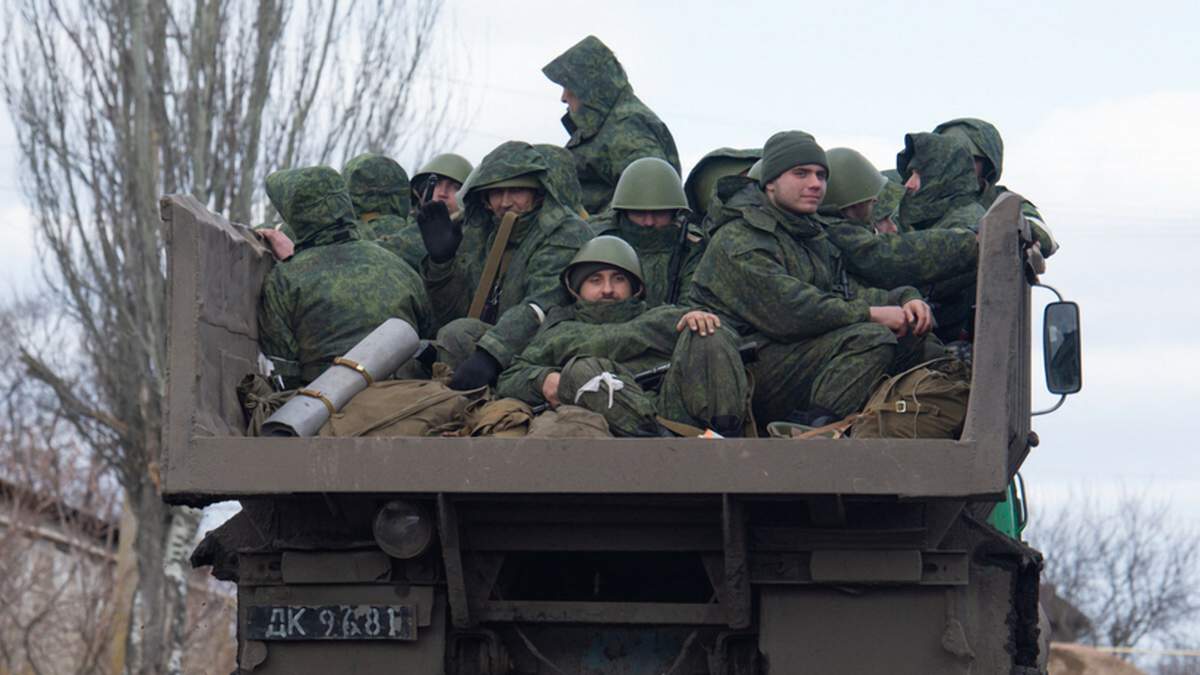
Surely, here we forget about the losses in military equipment but we must admit that the russian army has already honed the tactic of "cannon fodder assaults." If the Kremlin turns its eyes toward Baltic states, as assumed by the analysts, Moscow might see that as an operationally simple, short campaign. Especially since NATO guidelines oblige to send only two tank battalions to protect Lithuania.
On top of that, the troops themselves would be much more willing to be involved in a blitzkrieg against small but rich EU countries, hoping to bring home some trophies, than sit in the trenches in Ukraine.
The vector of expanding their military production capacity, adopted by russia, now focuses on making lots of low-tech weapons. With that in mind, the Kremlin might view an exchange of two tank battalions on T-62 or T-55 for two battalions armed with Leopard 2 or infantry brigades as a strategic victory.
Once again, the war in Ukraine demonstrated that even the total superiority in aircraft, both in numbers and quality, does not guarantee air superiority. This is a significant issue for NATO countries as they consider air superiority a crucial component of any successful military operation.
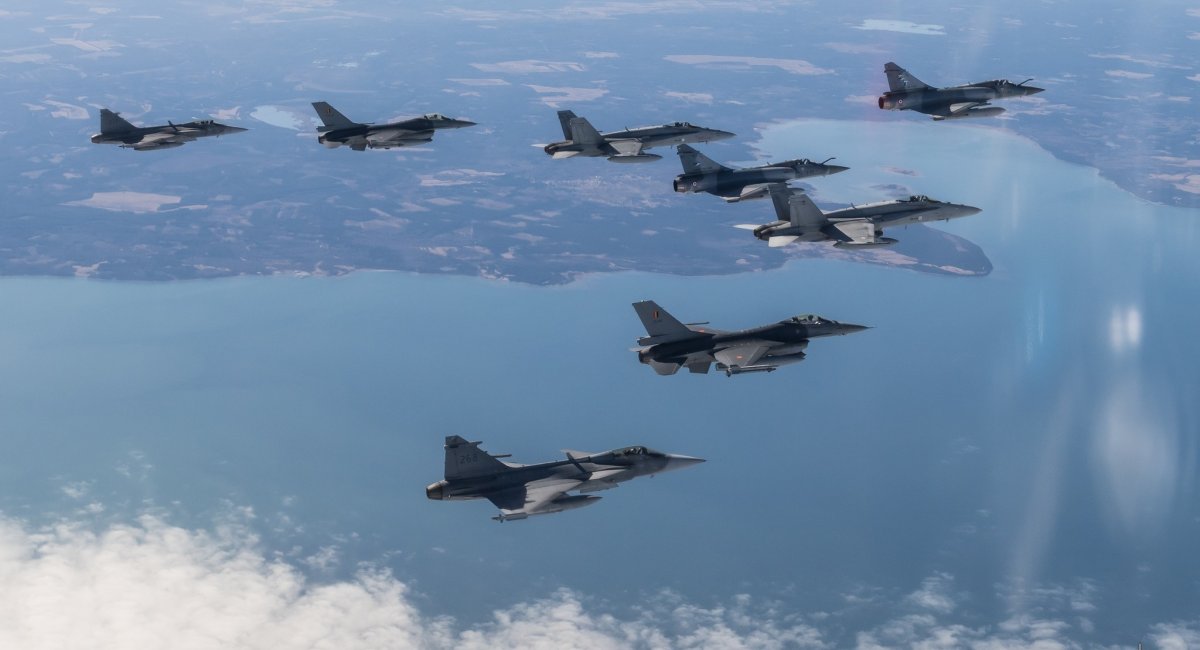
The DGAP study predicts that russia will restore its military potential and begin aggressive actions against NATO in 6–10 years after active hostilities against Ukraine are stopped.
However, this assumption is another flaw of the study, as it relies on its own calculations of what must be done within this window of opportunity while the Kremlin could see the situation differently and already start to accumulate resources for a new war while still engaged in the war in Ukraine.
Let's not forget that many experts in russia and abroad were expecting Kyiv to fall in two or three days at most since the beginning of the russian assault.
Ironically, the money that Moscow continues to receive from exports to the EU, will help russia to restore its army and prepare for another war faster.
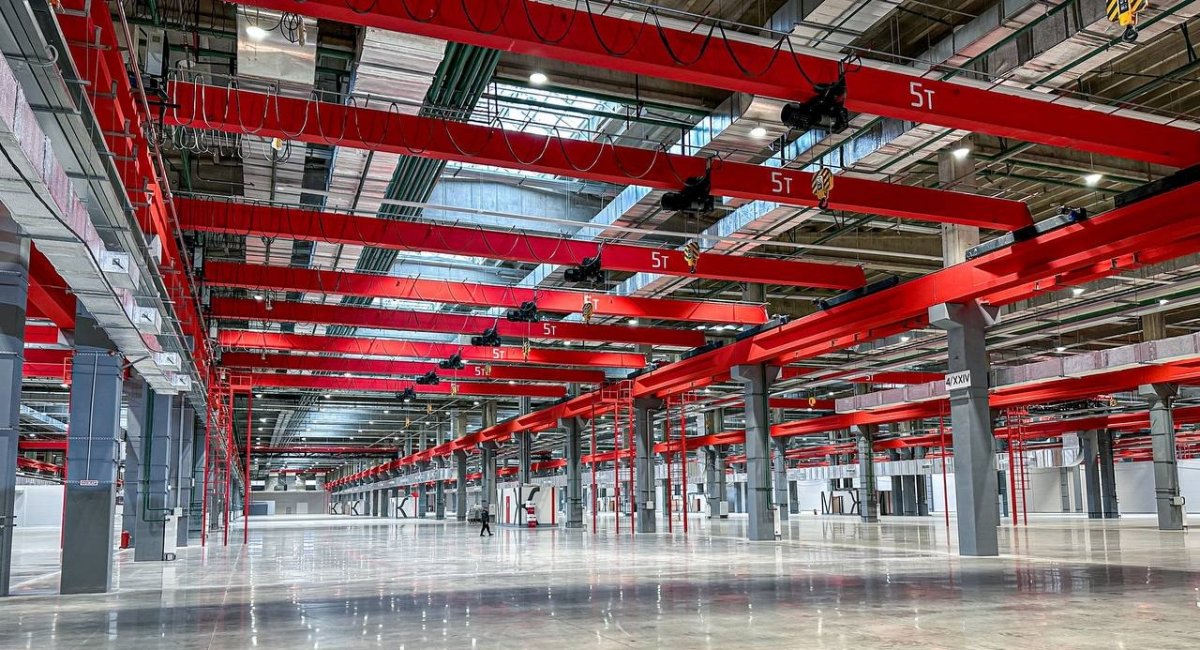
Also, unfortunately, the Kremlin knows how to calculate and evaluate defense potentials in progress over a long-term perspective. The russians understand even the smallest increase in NATO's operational readiness can undermine all their plans.
In the face of this threat, the reaction of the West — constantly emphasizing that it does not want to escalate the tension with russia — doesn't help to find optimal solutions to the challenge. The Kremlin views this as a sign of weakness and concludes that Europe will ultimately agree to surrender Vilnius or Paris for the sake of peace.
Thus, the main flaw of the conclusions drawn out by defense and policy experts at DGAP is that they isolate the war in Ukraine. The same way as in 1939 Great Britain and France separated Germany's attack on Poland from the larger Nazi threat. The Soviet Union was also delusional that Hitler wouldn't turn to the east for as long as Great Britain was standing. Both mistakes were reasonable, based on logic yet failed to prevent the biggest catastrophe of the XX century. And nowadays, this mistake is being made once more.
Read more: Ukrainian Lodgements on the Left Bank of the Dnipro, a Surprise Attack Sparks Panic Among russian Forces




